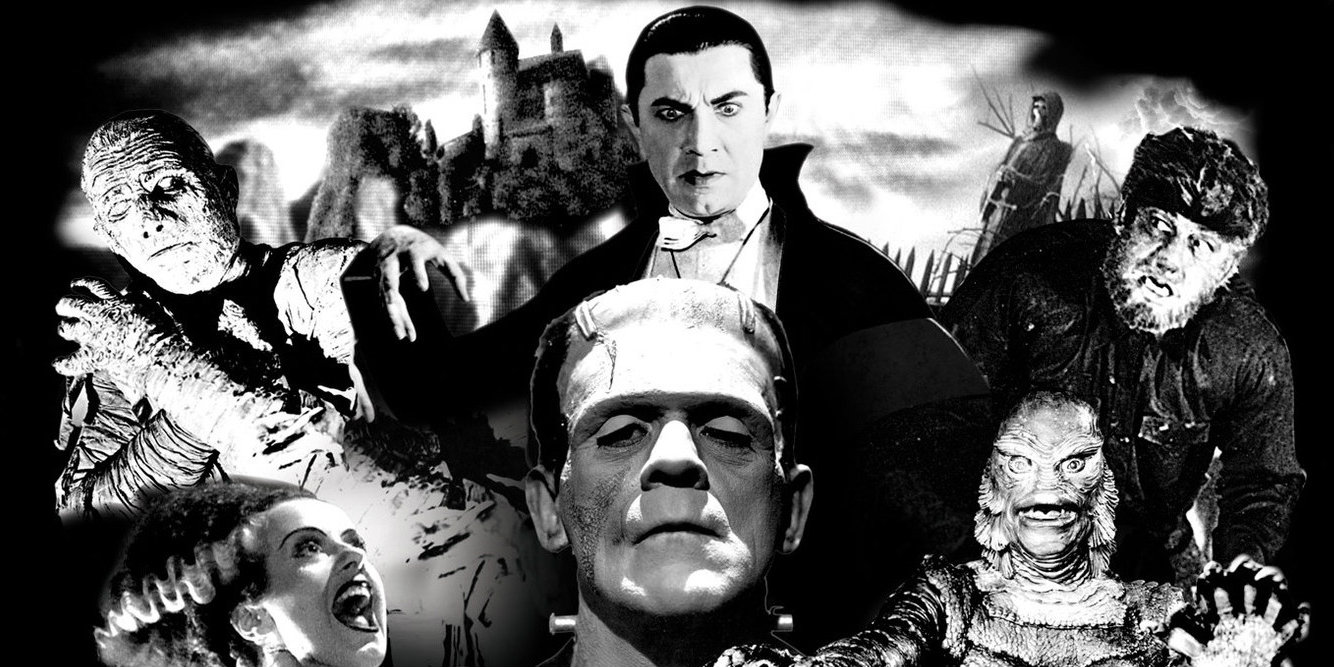Edgar Allan Poe created
the modern detective story and the modern horror story, and
popularized human villains who suffered from various mental
disorders. The psychotic or sociopathic killer was a new monster. He
or she (in Poe, always a male character) located the source of evil
“not in the stars,” to paraphrase William Shakespeare, “but in
ourselves.” With Poe, evil became internal and psychological, not
external and supernatural. Many readers find such villains far more
frightening than demons, ghosts, vampires, werewolves, witches, and
other such monsters, because threats posed by psychotic or
sociopathic “monsters” are more believable and one may actually
encounter them in “real life.”
The notion that demons,
ghosts, vampires, werewolves, and witches won't be encountered in
“real life” marks a metaphysical change in the Western
weltanshauung, or
worldview, wherein the supernatural is no longer considered a viable
dimension of reality. Of course, authors of horror stories continue
to populate their fiction with such creatures, but, to entertain the
notion of their existence, readers and moviegoers must, more and
more, adopt the attitude of “suspended disbelief” of which Samuel
Taylor Coleridge first wrote in Biographia
Literaria (1817).
In short, to entertain the idea of the existence of such monsters,
one must pretend that
they are real, that they exist, at least for the duration of the
story one is reading or the movie one is watching.
When it comes to victims
who commit evil due to the mental disorders they suffer, suspended
disbelief is not necessary—at least, not to the degree it is
necessary to enjoy a tale of the supernatural—because such mental
states do exist, and those unfortunate enough to suffer from one or
more of them do behave in dangerous, erratic ways.
If we state this principle
in the terms set forth by Tzvetan Todorov, we would say that there
are no longer truly tales of the marvelous, nor is fantastic
literature, strictly speaking, any longer possible. Stories may
depict bizarre incidents, strange settings, and deranged characters,
but these elements will be effects not of supernatural beings or
forces (for none exist), but of mental illness. They may be uncanny,
but they are not and cannot be marvelous, any more than they can be
fantastic, because, they have no supernatural origin or cause; they
are caused by natural, if bizarre, states of mind; they can be
explained scientifically.
Todorov's tripartite
paradigm applied to ancient and medieval texts, but it does not apply
to modern literature or film, because there is nothing fantastic that
is resolvable as either marvelous or uncanny. There is only the
ordinary, or everyday, and the uncanny, or strange but explicable.
Only fantastic stories (of which type, horror is a subgenre), set in
the ancient world or during the Middle Ages can be fantastic in
Todorov's sense; only such stories can be viewed as marvelous
(extraordinary but inexplicable in natural or scientific terms) or as
uncanny (extraordinary but explicable in natural or scientific
terms).
If we judge H. G. Wells's
short story “The Red Room” and Stephen King's short story “1408,”
by our own, present-day worldview, which is basically materialistic,
Wells's earlier narrative is “correct” in its rejection of the
fantastic and the marvelous, while King's story is “incorrect” in
its suggestion that the incidents which occur in the supposedly
haunted hotel room are, in fact, supernatural events, for, according
to our modern view of the world, there ae no such things as either
ghosts or demons; therefore, the room couldn't be haunted by either;
therefore, the room is not haunted; therefore, to explain the
narrator's perceptions and beliefs, we must adopt the view that he is
insane: his perceptions are the results of hallucinations. Wells's
explanation of the incidents which occur in his story's supposedly
haunted “red room” concur with our modern view of the world, for
the narrator concludes that only his own terror caused him to
misinterpret what he saw in the room: the room was haunted by his own
fear, not by ghosts.
This shift in
weltanshauung, which has
occurred not only among the intellectual elite, but also among the
majority of the millions of the Western world's population, have but
one implication. Unless a story is set in the ancient world or the
Middle Ages, it can identify only “inner demons,” or mental
disorders, the “fault” that “is not in our stars, but in
ourselves.” In other words, there is now but one source of “evil,”
the actions of a disordered mental state. The only monster is the
madman or the madwoman. All horror stories set in modern times can
investigate only this source of immorality, or of what was once
called “evil.” Horror fiction, like other forms of literature,
has only two sources and two concerns: the psychological and the
ethical, or moral. Judgment of their literary value, more and more,
will be based on these criteria.



.jpg/1200px-Tzvetan_Todorov_no_Fronteiras_do_Pensamento_Porto_Alegre_2012_(7938086378).jpg)




No comments:
Post a Comment